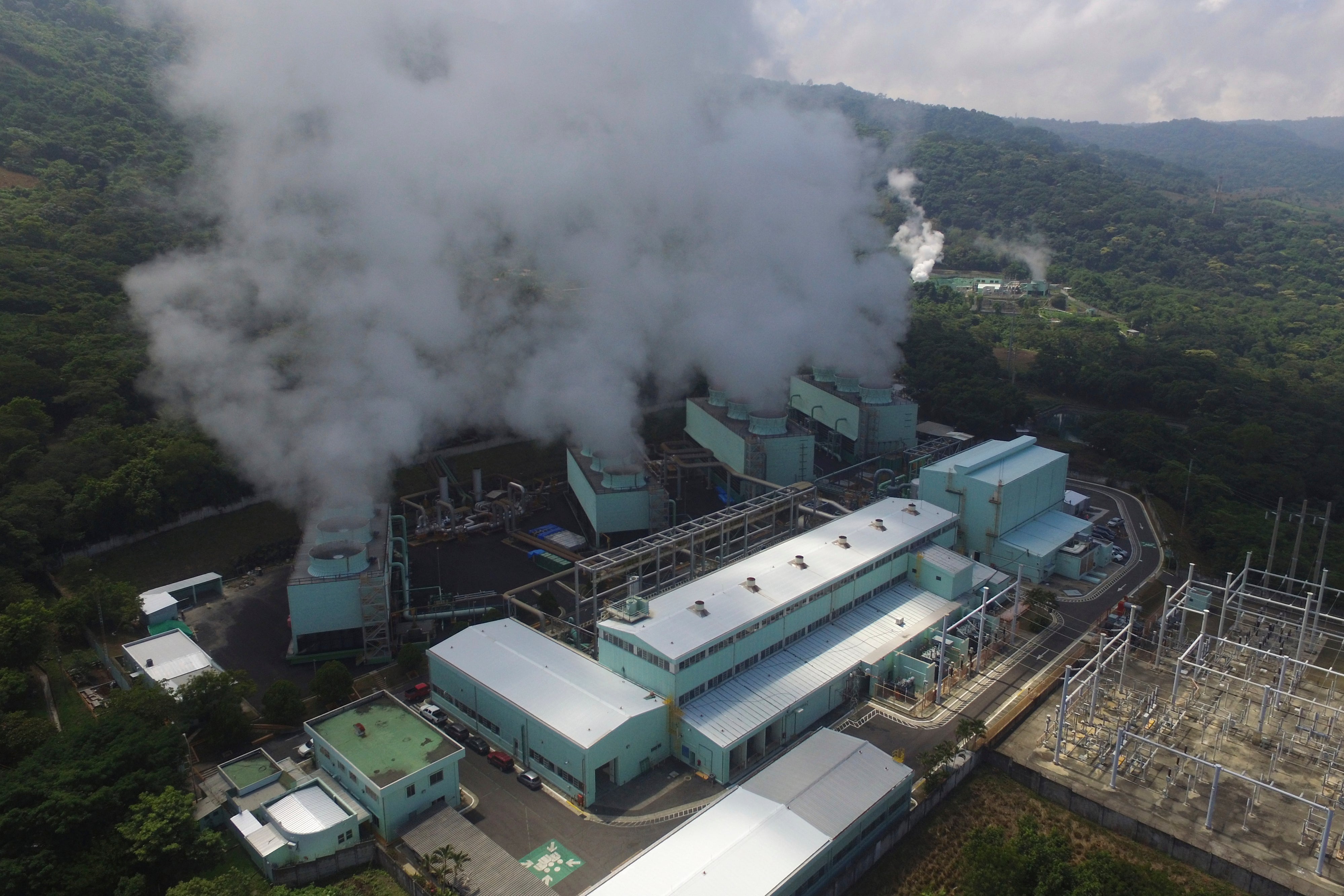‘Europe has become a slave to Russia’: Can geothermal energy increase UK’s fuel independence?
Europe is scrambling to replace Russian oil and gas

The UK can use geothermal energy to reduce its energy reliance on Russia in the wake of the Ukraine invasion, a former oil and gas industry veteran claims.
Karl Farrow is the CEO of CeraPhi, a British geothermal energy company founded in 2020 by four ex-oil and gas executives.
He says that geothermal energy – a renewable power that harnesses the heat and steam from underground reservoirs – is far more viable than gas and oil.
He said: “Europe has become a slave to Russia from an energy point of view. Every country should have a right to be energy, food, and water independent and I think every country can be.
“Deep geothermal is available everywhere, it’s basically heat escaping from out of the ground from earth’s big battery. We’re sitting on 6,000 degrees of temperature from the centre of the earth trying to radiate out.”
The UK has a wealth of oil and gas expertise and infrastructure which can be repurposed to geothermal, Mr Farrow says.
“We are a country that has global expertise in extracting energy from the subsurface, so we can do the same with deep-geothermal heat, and this heat can allow us to produce electricity which can provide us a baseload energy source,” he said.
“But more importantly, heat from a direct source like deep geothermal can move us away from using gas for things like heating, as we can use it straight from the ground which means we are then not dependent on foreign imports of hydrocarbon like gas.”
Paul Stockley, head of oil and gas at law firm Fieldfisher, says there have been a number of successful and commercially viable geothermal projects that repurpose existing infrastructure, but admits equipment and infrastructure costs are an issue.
“Costs are a major factor in deciding whether geothermal projects are workable,” he said.
“Nevertheless, many projects could still be economically viable and compare favourably to the costs of drilling new oil wells.
“The oil price is also something to consider, but there is likely to be less volatility in the price of energy produced from geothermal sources.
“Particularly where repurposing existing oil and gas infrastructure, these projects would in theory qualify for government grants under the Net Zero emissions by 2050 policy commitment.
“Repurposing oil and gas wells, where viable, seems an obvious route for the government to support.
“Where converting existing subterranean infrastructure like shale wells is technically and economically viable, the government has a responsibility to promote and enable geothermal conversion when balancing the trilemma of energy security, affordable supply, and meeting climate goals.”
Mr Farrow also admits there is a cost element to access geothermal and it is not a commercial model that gives double-digit returns in a short period of time like oil and gas.
“It’s a long-term gain, it’s a utility model and creates an energy source that can be accessed from the same well for decades,” he added.
“I think we are very vulnerable in our dependence on fossil fuels. It’s taken us over 100 years to get to this point.
“Even with trillions invested in renewables like wind and solar, our global energy infrastructure is still predominantly being powered by fossil fuels.”
Join our commenting forum
Join thought-provoking conversations, follow other Independent readers and see their replies
Comments


Bookmark popover
Removed from bookmarks